Malocclusion, or the imperfect positioning of the teeth when the jaws are closed, typically requires correction in the form of braces. Once upon a time, traditional braces were the only way to improve your smile. These days, Invisalign is recognized as a competitor — rather than an alternative — to traditional braces.
Since Invisalign was designed to be invisible, it has the ability to transform your smile without broadcasting it to the world. Instead of wire-and-bracket braces, Invisalign consists of clear plastic trays that are custom fit to the molds of your mouth, allowing your smile to be discreetly corrected.
If you want to straighten your smile in a more comfortable and less obvious way, then you’re probably thinking, “Sign me up!” But Invisalign isn’t right for everyone.
“Is Invisalign right for me?”
Maybe! It really comes down to three things:
- Age
- Issue
- Discipline
Age
Children, pre-teens, and sometimes even teenagers, aren’t necessarily the best candidates for Invisalign because their teeth are still growing, with baby teeth being replaced by permanent teeth. However, older teenagers and adults tend to be the perfect candidates for Invisalign since they already have all their permanent teeth.
While it’s not uncommon for children, pre-teens, and teenagers to have traditional braces, it’s less common to find them on older teenagers and adults. That’s why the transparency of Invisalign is the preferred choice for older teenagers and adults, as it lets them straighten their teeth with confidence.
Issue
Invisalign can correct many orthodontic issues, but not all. Most mild-to-moderate cases of malocclusion can be fixed through Invisalign; however, if you have a severe case of malocclusion, Invisalign may not be the right route to take, as more advanced orthodontic procedures may be required to correct the issue.
Invisalign can successfully treat the following cases (assuming they aren’t too severe):
- Overbites
- Underbites
- Crossbites
- Gap teeth
- Open bites
- Crowded teeth
- Baby and permanent teeth
- Generally straighter teeth
To find out if Invisalign can correct your teeth, you should visit your dentist or orthodontist. When you speak to them, you can find out what orthodontic issue you have, as well as its severity.
Discipline
Maintaining traditional braces is an exhaustive process. Not only do you need to brush and floss frequently, but you have to re-wax your brackets, avoid certain foods, and use a knife and fork to avoid getting food stuck in your teeth.
In comparison, Invisalign treatment is relatively easy. Whereas traditional braces stay on your teeth for years, Invisalign offers the ability to remove them periodically (despite needing to have them in for at least 22 hours a day). In fact, you have to remove your Invisalign trays every time you eat and drink.
So when it comes down to it, just like with traditional braces, you must be disciplined if you want Invisalign treatment to work. You have to keep your trays in all day (outside of the two hours allotted for eating and drinking) and be sure to clean and sanitize them on a regular basis.
Invisalign treatment can usually be successfully completed in about half the time of traditional braces (12-18 months versus 18-24 months). For the best possible results, discipline is key, no matter how long your treatment lasts.
Get Your Invisalign On!
At the end of the day, Invisalign can treat many typical orthodontic issues, including overbites, underbites, crowded teeth, and gaps. But, like with anything, even Invisalign has its limitations, so when orthodontic issues are severe, other measures may need to be taken to correct teeth.
Want to find out if Invisalign is right for you? Schedule a free consultation today! Henry Orthodontics provides Invisalign and other orthodontic services to those in St. Augustine and the surrounding FL communities.
